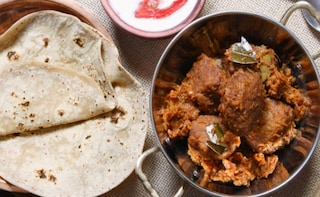The mere mention of 'Shab Deg' triggers nostalgia. It is one of the oldest and most popular meat delicacies from Kashmir. 'Shab' means night and 'Deg' means a large cooking vessel. In local parlance, 'Shab Deg' means a special dish that is cooked through the night to bring it to the right flavour and thickness. In olden times, it was cooked on firewood-lit hearths.
Advertisement
Advertisement
For the latest food news, health tips and recipes, like us on Facebook or follow us on Twitter and YouTube.
Advertisement
Tags:
